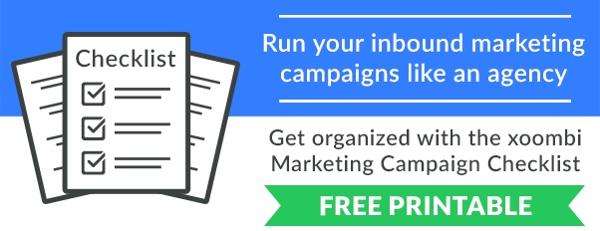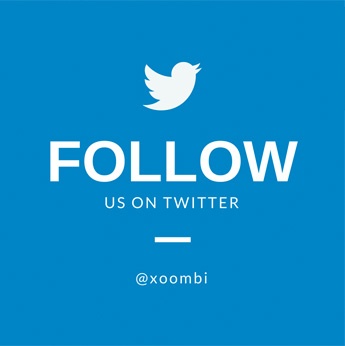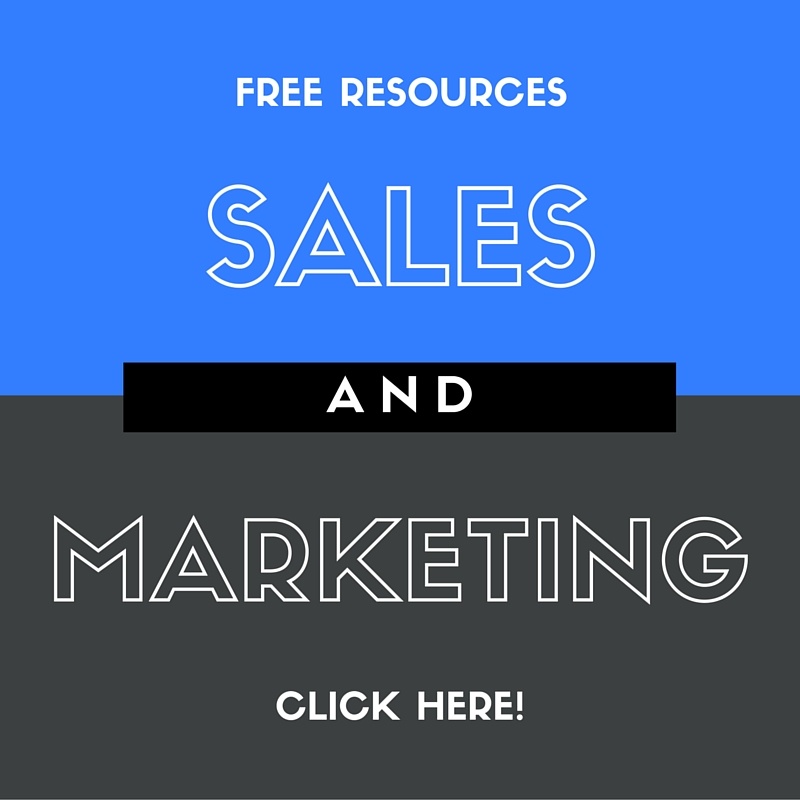
By now you probably know how important it is to have an inbound marketing strategy for your business. But if you’re just starting out in the digital marketing space, it can be confusing.
That’s because there are a lot of things to consider when developing a strategy that’s best suited for your business. You may be wondering things like: Do I need a blog? How many blog posts a month do I need? How do I get more website visitors? How do I turn those visitors into leads?
With a well-developed inbound marketing strategy, you’ll know what you want and how to attain it before you even launch your first campaign.
Here’s how you can get started.
1. Strategize
You may want to start big and then funnel down during the strategizing phase.
Kick off with a team meeting where anyone can contribute to your inbound marketing brainstorm. From there, build out a strategy that focuses on the top three or four ideas. Make sure to keep effectiveness, feasibility, and budgetary constraints in mind.
Here are some questions to help kick off your brainstorm.
What are your goals?
Defining your goals should be the first step in the process. For example, you may want your goal to be a certain number of sales qualified leads per month.
Are you being realistic?
It’s easy to get lost in the idea-generation and goal-setting process. However, it’s important you keep in mind that the actual execution of any given project will consume both time and resources.
Who makes up your target audience?
If you want a certain number of qualified leads, you need to first determine who makes up your target audience. Who makes the best customer for your business? Developing buyer personas can help with this process.
Next you need to know what makes a lead “qualified” in the first place. This can be determined by using lead scoring. Essentially, lead scoring allows you to segment leads based on visitor behavior and analytics.
What does your target audience need?
Now that you know who your audience is, it’s time to dive in and discover their pain points. Once you know these, you’ll have a better understanding of what they need in order to overcome them. From there, you can develop content that provides solutions to these common problems.
What’s currently out there?
It’s important to see what’s already out there that services your audience’s needs, and how you can differentiate yourself from these other options. Is there a certain approach or point of view that hasn’t been addressed yet?
What is your target audience’s behavior?
Now that you know: 1. your target audience, 2. their needs, and 3. how you can differentiate yourself in serving these needs, it’s time to get your content in front of that audience. This is when audience behavior comes in. You’ll need to know the answers to questions like:
- When are they online?
- What social media sites do they frequent?
- What is their favorite way to consume content?
For an additional 18 questions, check out this post.
2. Execute
Once you know your goals, target audience, and what type of content and solutions you need to provide, it’s time to start executing.
Who do you need to do what?
Determine who will need to take the lead on each execution phase of your strategy. For example, who needs to create the content calendar? Who will write your gated assets and their corresponding blog posts? Who will handle the email marketing campaigns? Who will handle social media and paid promotion?
What tools do you need?
Tools can be the difference between smooth and efficient and tedious and time-consuming when it comes to the execution of your strategy. Check out these tools for SEO, social media marketing, and sales. All-in-one marketing automation software can also help you seamlessly execute your strategy.
3. Assess
Your inbound marketing strategy should be continually evolving. That’s why it’s imperative that after you’ve developed and executed on your initial strategy, you go back and assess its effectiveness.
Once you’ve looked at your real-time data and have determined what’s working and what’s not, develop an amended strategy and start executing on it. This process will continue to repeat itself.
Conclusion
Developing an inbound marketing strategy is imperative in order to reach your goals. In fact, according to a survey from DM News, 46% of executives surveyed said that a “lack of an effective strategy” was the biggest obstacle to achieving their inbound marketing goals.
Remember, the best inbound marketing strategies don’t do everything; they focus on the best, highest converting activities and execute them very well.








